Your website’s usability is extremely important. Your company’s website allows current and potential customers to access information on your business at any time. Many consumers won’t even call a business without first checking out the company’s online presence, which means your company’s website usability is crucial. Here are the top nine usability testing tools that will fit into your 2020 budget.
1. PlaybookUX
PlaybookUX is a remote usability testing tool that includes moderated and unmoderated testing. In moderated sessions, you’ll be able to ask your testers to accomplish tasks on your website and provide feedback on how easily they could do so. While you’re required to be present for the moderated sessions, you can also hold unmoderated sessions, which can reach more people and provide you with more data. All of this information can then be used to increase the efficiency of your site. PlaybookUX is the perfect way to have real people test your website and provide valuable feedback.
2. Hotjar
Hotjar creates heatmaps that visually display where users are clicking on your site. This is a great way to see which areas are drawing in visitors, and which are not. Hotjar also records visitors’ interactions, which helps you gain a better understanding of their behaviors and what changes you might need to make. With Hotjar, you can also analyze where and when visitors are leaving your site. This information can help you eliminate barriers or low points on the site.
3. Amazon Mechanical Turk
Amazon Mechanical Turk (MTurk) lets you crowdsource usability testers. You can dictate what jobs you need to be completed, and each job is pay-per-task. You won’t have to worry about going through the hiring process just to have someone test out your website for you. MTurk takes care of the details while you simply dictate what jobs you need to be completed.
4. Trymyui
With Trymyui, you’re able to create a list of tasks for testers, as well as choose the demographics of the testers. This is a great way to replicate the real users of your website. You can then watch videos of the testers and collect data on how they are using your website.
5. Userinterviews
Userinterviews provides businesses with only excellent and vetted testers. You can find testers in their database by searching for individuals of any demographics you’d like, making it a great resource for choosing the right testers. Plus, you only pay for completed sessions.
6. Crazy Egg
Crazy Egg offers similar usability testing features to other tools, including heatmaps and recordings, but it has the advantage of also offering clients the ability to edit their webpages. With the Crazy Egg Editor, you’ll be able to quickly change features of your website without paying your web developer.
7. OptimalWorkshop
OptimalWorkshop provides a suite of usability tools, as well as a user research platform. These tools help you easily understand and aggregate your data, which makes changing your website based on feedback a breeze.
8. UsabilityHub
UsabilityHub offers amazing tools for analyzing what is and isn’t working on your website. You can see what users first click on, what parts of the design they do and don’t like, and test the site’s visual appeal. UsabilityHub also offers five-second tests that can show how easily consumers understand aspects of your site.
9. InVision
InVision provides businesses with excellent product design workflow across all platforms. This means you’ll be able to collaborate on the design of your website with anyone, anywhere. Here you can change your design easily and collaboratively, making this a perfect solution for teams that like to work together.
Don’t let your website become a dinosaur. Test its usability with one of these amazing tools and you’ll see the results yourself.
















